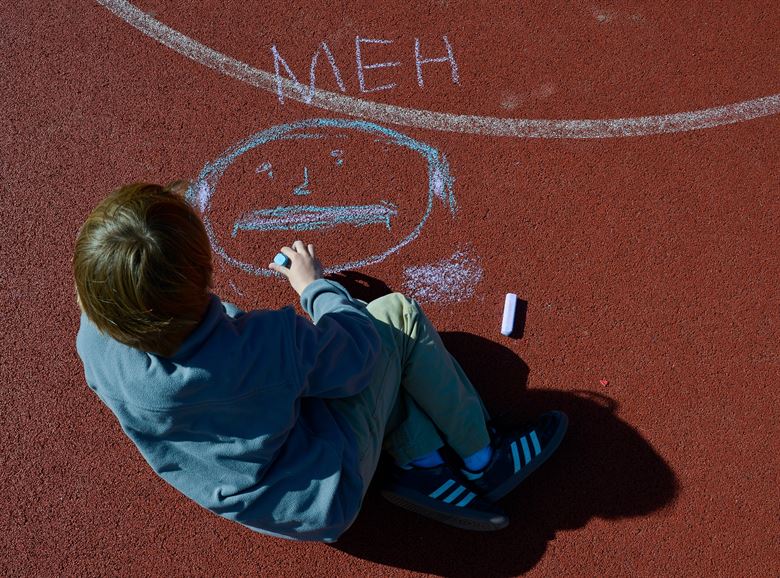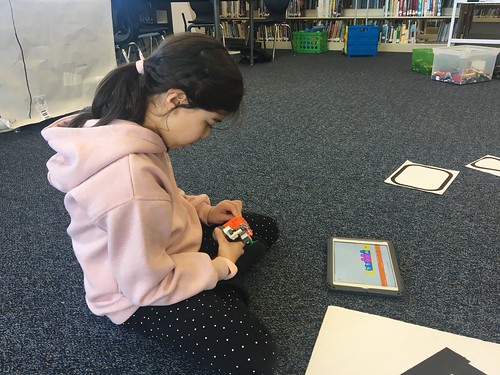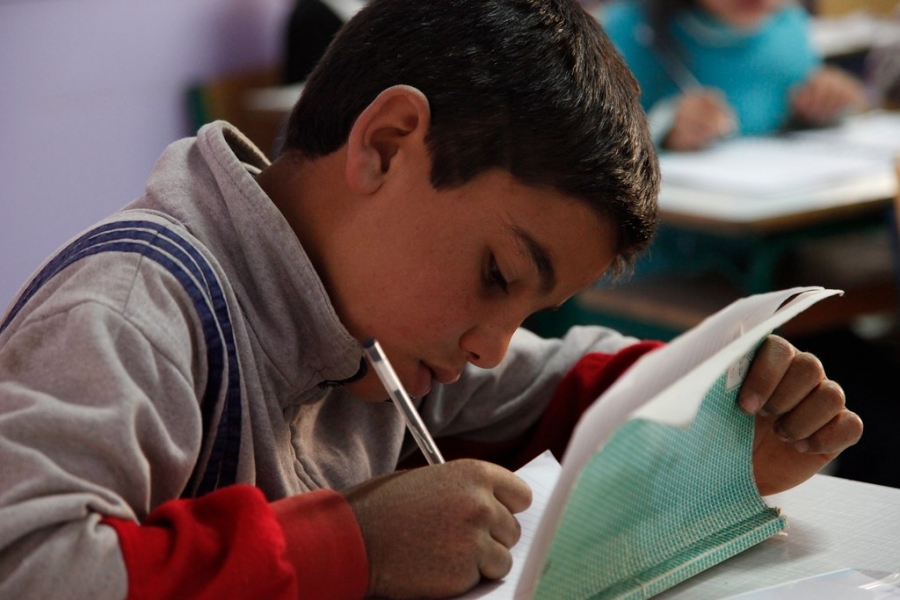With the recent announcement that schools are reopening, for some pupils on 1st June, this may well be causing some pupils and parents / caregivers a lot of anxiety. It’s scary out there. There are a lot of ‘what if’ questions that can’t be answered. Being at home for many will have resulted in feelings that have ranged from feeling safe and secure and being fearful or cautious of going out, to craving the normality of how life was before lockdown.
The security that being at home has brought, may have formed the basis on which anxiety about returning to that normal has been building. This anxiety may well lead to separation anxiety. Separation anxiety is when someone is afraid of being separated from a person, persons, or even a pet. While many people associate separation anxiety with children, adults can experience the condition as well. (Medical News Today – June 2018).
For some pupils returning to school they may critically struggle with the demands of being separated from home or their parents. It might not just be the child but also parents / caregivers who feel the need to protect and this separation may bring about high levels of anxiety. Leading up to the return to school a child or young person’s behaviour may well start to change. They may experience panic or panic attacks, start to display adverse behaviour – ranging from angry outbursts to silent and withdrawn. Sleep may become very disrupted and their appetites be affected. They may become quite distressed and come up with a raft of excuses and avoidance tactics as to why they cannot return to school.

Nobody likes to see a child in distress. From a school’s perspective it is a good idea to identify a key person who can liaise regularly with the parent / caregiver prior to the impending start date. Give as much reassurance as you can and be as clear as you can about what the school day will look like. If possible, invite the parent and child into school so that they can re-familiarise themselves with the school layout and meet members of staff. You can discuss and explain then in more detail how the new school day will be. Encourage the parents to start with short periods of separation leading up to the start date. Meet the child at the door if possible and make the handover as quick and calm as possible. The longer the delay may reinforce the anxiety and parents and children can feed each other’s anxiety. If the child separates from one parent more easily suggest that that parent drops the child off. For some pupils a part-time timetable / reintegration plan may be needed to be put into place.
Providing structure and routine unpin feelings of security. Set small achievable goals – these are great for self-esteem and wellbeing and are intrinsic feelings of doing something well. A small-stepped approach is the best way forwards. Starting a new day or the next session you may find that the child needs to repeat some previous steps. This all aids reassurance and helps build resilience. If there are changes coming up, ensure that the child is informed / prepared as far ahead as possible.
Keeping busy and getting lost in an activity helps them to forget about their worries. Encourage them to get involved in an activity that interests them but also to become involved in activities / interests of other people. This will help to rebuild friendships and relationships with peers. It is helpful for the pupil to have a safe, quiet space to go to if they are feeling anxious. Have some guidelines as to when and how the safe place can be used. Talking to the child and understanding their anxiety will help to re-establish a trusting relationship and help them to adjust. Every child reacts in a different way to being separated. Your efforts may not solve the issues, but empathy can only make things better. Being listened to can have a powerful healing effect.

Communication is key between all parties to help promote a smoother reintegration. Offer to call the child’s parent to let them know they are ok. Or allow the child to make a quick one- or two-minute phone call for reassurance. A home – school diary is a good way of ensuring that the lines of communication stay open. Praise and positive outcomes can be recorded here.
Hopefully with a clear support plan in place reintegration will go relatively smoothly. If separation anxiety is excess and interferes with normal activities such as friendships, relationships and school and lasts for a sustained period of time, it may be a sign of a Separation Anxiety Disorder. In cases such as these a referral to an appropriate mental health service may be needed. Psychotherapy or Cognitive Behaviour Therapy by trained professionals may be offered. Left untreated can lead to complications, including depression and debilitating anxiety.
You may find the following websites helpful:
www.nspcc.co.uk/keeping-children-safe/coronavirus
www.mind.org.uk sections for parents, young people and professionals
www.helpguide.org lots of articles and advice
www.okrehab.org: OK Rehab are UK-based, set up to help people
suffering with addiction issues throughout the UK.


















